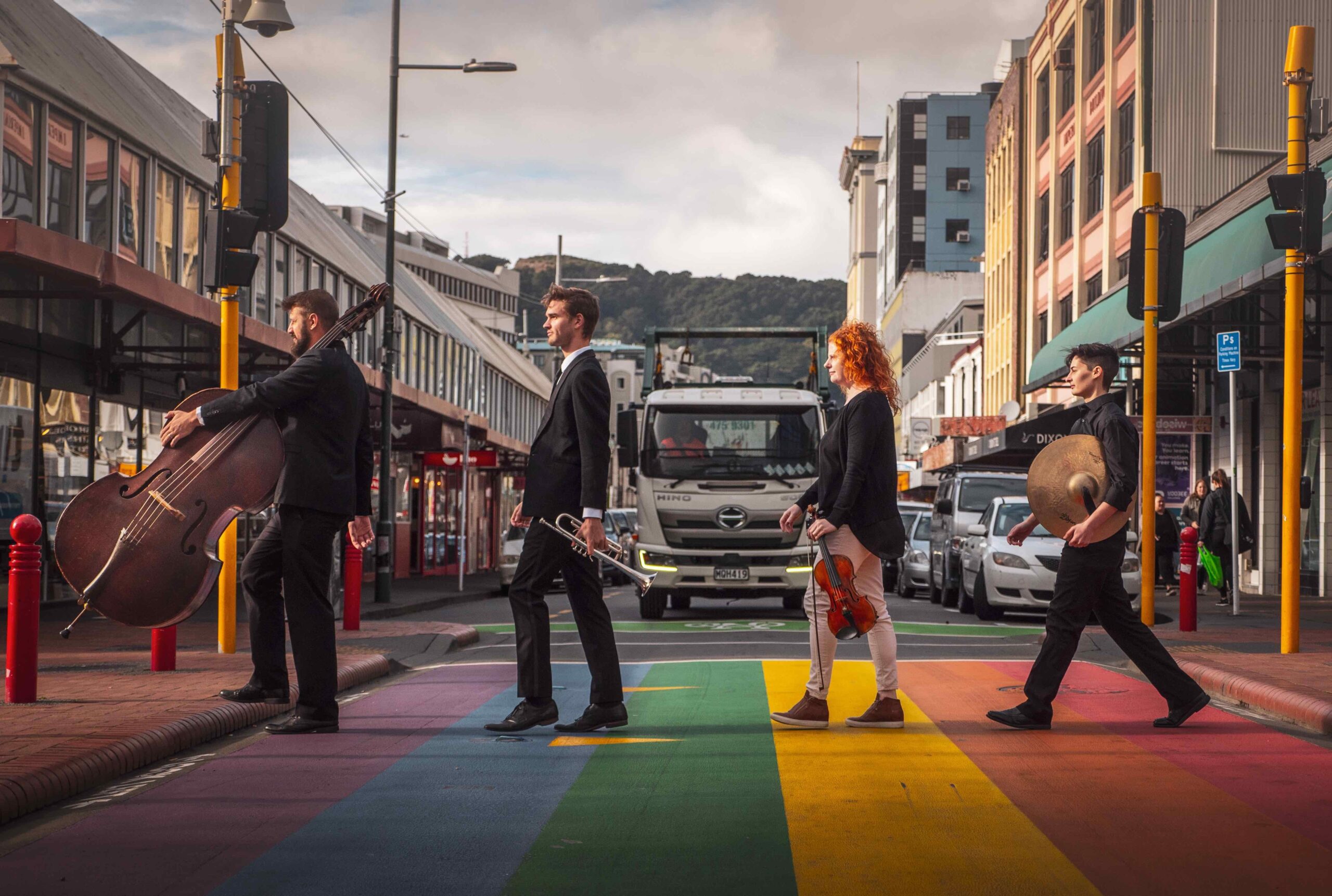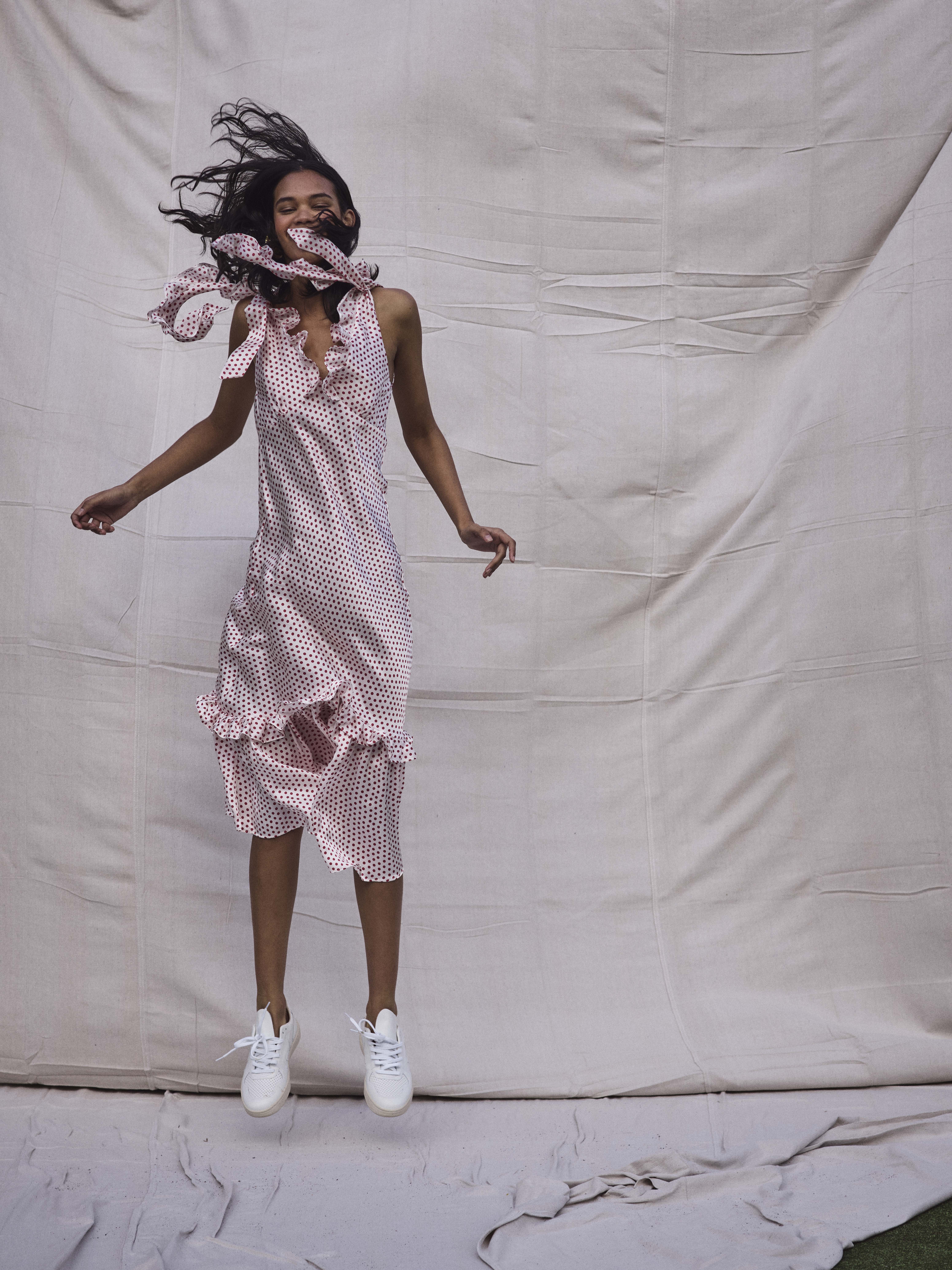New Zealand detached from the supercontinent Gondwana some 180 million years ago and set off on its own evolutionary adventure. Sculpted by volcanoes, glaciers and earthquakes, it was a bird land, isolated and unique.

Over the last 700 years, paradise has slowly become paradise lost. Mammals arrived by ship; cats, rats, stoats and possums destroyed bird populations while native forest was cleared for farms.
But that doesn’t have to spell the end for our native wildlife or beautiful landscape. Thousands of people from all over the country are volunteering to help out in order to preserve what’s special about New Zealand. Along the way, they’re gaining valuable skills and enjoying wild experiences.
Best places to … see unspoiled land
The Kepler Track just outside Te Anau is one of New Zealand’s Great Walks. The area is home to kiwi, whio, bats and native yellow mistletoe, but in the past, predators have had a devastating impact on plants and animals. Now the region’s children are helping set things right.
Kids Restore the Kepler is as much about teaching as it is about returning one of New Zealand’s most dramatic landscapes back to its former glory. It’s important to connect children with nature, says the project’s education programme, “because children will want to protect what they understand and feel connected to”. Around 450 students in Fiordland schools are learning how to solve environmental problems, such as observing firsthand how removing rats from the 3,000-hectare Kepler area results in more birdsong.
Encompassing mature native forest, farmland and regenerating scrub (the technical term for “really young forest”), the 13,000-hectare inland sanctuary of the East Taranaki Environment Trust is home to the shy brown kiwi and the kokako. What’s unique about this project is that it’s located mostly on private land, the brainchild of a bunch of New Plymouth landowners whose vision is to one day have 500 pairs of kiwi as tenants.
They’re well on the way thanks to volunteers and supporters who donated their time and more than $144,000 in 2012. “It proves that a capable community can create conservation-based employment,” says chairwoman Karen Schumacher. Anyone can volunteer or take a self-guided walk through the sanctuary.

The finest example of coastal broadleaf forest in Northland can be found at the entrance to Whangarei Harbour, at the Bream Head Conservation Trust . Kaka, kukupa, brown kiwi, tomtit, bellbirds and eight species of lizards call the area home. (The lizard boom provides a clear sign that rats have been successfully kicked out of the area.)
According to project manager Peter Mitchell, the Trust “has ensured that the land is managed to a much higher standard than the Department of Conservation could with its available resources. Rats are currently undetectable and in the past two months only two possums have been caught.”
Maungatautari, an eroding volcano near Cambridge, offers a safe haven for native species thanks to Waikato landowners, mana whenua and local community mucking in to restore the mauri, or spirit, of this mountain cloaked in ancient forest. The Maungatautari Ecological Island Trust is predator-proof thanks to its 47-kilometre fence. Kiwi, tuatara, takahe, whitebait, kaka, toutouwai, kokako, giant wetas and rare hihi, or stitchbirds, have all made it home.
Flown with Air New Zealand recently? Then you’ve helped plant 3,000 trees and build a nursery near Okarito on the South Island’s west coast. Okarito volunteer Paula Sheridan describes New Zealand’s largest unmodified wetland as “a magical place.
With more than 90 percent of New Zealand’s wetlands gone, the lagoon is an easily accessible opportunity to experience a natural wetland.” Visitors can explore the lagoon of the Glaciers to Wetlands Restoration Project by boat or kayak.

Zealandia volunteer Bill Beale assists with Kaka banding
Filling the forests and beaches of Abel Tasman National Park with native birdsong – that’s the dream of a bunch of passionate locals. The Abel Tasman Birdsong Trust has been busy replacing predators with native species. They’re so successful (and persuasive) that they’ve captured major funding from private investors to keep on keeping on.
Rabbit-proof fence A thriving habitat is one where all kinds of plants and animals flourish. That’s why conservation isn’t so much about protecting one particular species of plant or animal but keeping the entire ecosystem running.
One way to do this is by creating predator-free islands of land. The first step is catching possums, stoats, feral cats and rats in trap lines, or keeping them out with predator-proof fences that wouldn’t look out of place in a military base. Along the way, native trees are propagated and planted to replenish what once was there.
Best places to … take the family
Peek at penguins and their chicks close up thanks to Penguin Place’s network of tunnels. Entry fees help restore habitats, conduct research and operate a dedicated penguin hospital, which rehabilitates sick, starving or wounded penguins found anywhere in the South Island.
Behind the pest-proof fence, a track network stretches across the landscape. In Dunedin’s Orokonui Ecosanctuary , kiwi, kaka, takahe, saddleback, robins, jewelled geckos and other threatened species live exactly as they would in the wild. Take a guided tour or wander alone – there’s also a cleverly designed cafe with great views. A huge group of volunteers put in around 900 hours every month to keep it all going.

Normally you’d have to do a bit of travel to see New Zealand’s endangered species in the wild – or you could visit Zealandia, just outside central Wellington. There’s lots to see and learn about, from walking tracks to guided night tours and boat rides on the lake.
Set on Napier’s shoreline, the National Aquarium offers New Zealand’s largest display of aquatic life – sharks, stingrays, living coral and countless fish species. Staff and volunteers also work on bush, marine and freshwater conservation, from frog-focused projects to reintroducing tuatara to offshore islands.
One island slightly north of Auckland has had a dramatic makeover from farmland to young native forest. Now Tiritiri Matangi is completely predator-free. The result? A safe haven for threatened and endangered native birds, reptiles, plants and insects.
Following a 19th-century railway line from Christchurch to the Banks Peninsula, the Little River Rail Trail passes lakes and skirts volcanic hills. Cyclists can choose between short- and medium-length rides. Bring your binoculars so you can take advantage of the world-class bird-watching opportunities.
Best places to … get tree-hugging

Te Kakano, or ‘the seed’, is all about returning native trees to New Zealand’s landscapes. Up to 44 different native plants can be found in its community-led Wanaka nursery. “Our visitors lend a hand, leave a personal mark on the landscape and will hopefully take our environmental values home with them,” explains manager Shenee Ooi.
Nothing’s quite as stirring as the sight of blooming pohutukawa fringing the beach in summer. But by 1990, more than 90 percent of coastal pohutukawa in Northland had disappeared. Since then, Project Crimson has planted more than 500,000 pohutukawa and rata and their crusade to protect the red blossoms is ongoing.
Otago forests have seen a massive decline in kowhai and Project Gold aims to fix this. Kowhai attract nectar-feeding birds such as tui and kaka; they’re also one of New Zealand’s few deciduous trees. Volunteers can contact Otago DOC offices about planting projects or start their own. “It’s not just about a one-off planting, people are encouraged to love their trees over time, to make sure they grow big and strong,” explains DOC community outreach coordinator Claudia Babirat.
One day the people of the Manawatu region decided their back garden needed greening up. Since then, team Green Corridors has planted more than 115,000 native trees in public spaces. Local wildlife is on the rise, and water quality is improving. The goal is to plant more than 10,000 trees a year.
Best places to … get involved
Conservation Vital Sign
Not sure where to start? Go to www.conservationvolunteers.org.nz for nationwide listings of all kinds of projects, and an index of New Zealand’s botanical and organic centers.
New Zealand Dotterel Watch Programme
Gold miners and little birds? Yep, thanks to funding from Newmont Waihi Gold you can help protect dotterels in the Coromandel. Contact DOC ranger Hayden Smith on 027 285 6519 or email [email protected]
Kakapo Recovery Partnership
Our cheeky green parrots are critically endangered, with a population of just 125. During breeding season, you can volunteer on the islands where kakapo live. As well as conservation work, the team also needs creative cooks and maintenance volunteers who are happy to work in wild conditions. See www.kakaporecovery.org.nz for more.
Genesis Energy Whio Recovery
Programme Whio, or blue ducks, live in one of the most challenging environments in the world – fast-flowing rivers. With fewer than 3,000 left, they could use a bit of help. See www.whioforever.co.nz for more.
Rainbow Springs Kiwi Encounter
Want to see a real kiwi and get a behind-the-scenes tour of a BNZ Operation Nest Egg hatchery? The Rainbow Springs Kiwi Encounter has hatched more than 1,000 kiwi eggs since 1995. Take a look at www.rainbowsprings.co.nz .
Pohutukawa and rata
They might be New Zealand’s native Christmas trees but some species of pohutukawa and rata are rarer than you think. “Bartlett’s Rata, for example, grow at the very tip of the North Island and there are only 30 adult trees left,” says Bridget Abernathy, executive director of Project Crimson
Kiwi
New Zealand’s iconic bird is a biological oddity. With feathers like hair, nostrils at the end of its beak and enormous eggs, they are sometimes referred to as honorary mammals. www.kiwisforkiwi.org







